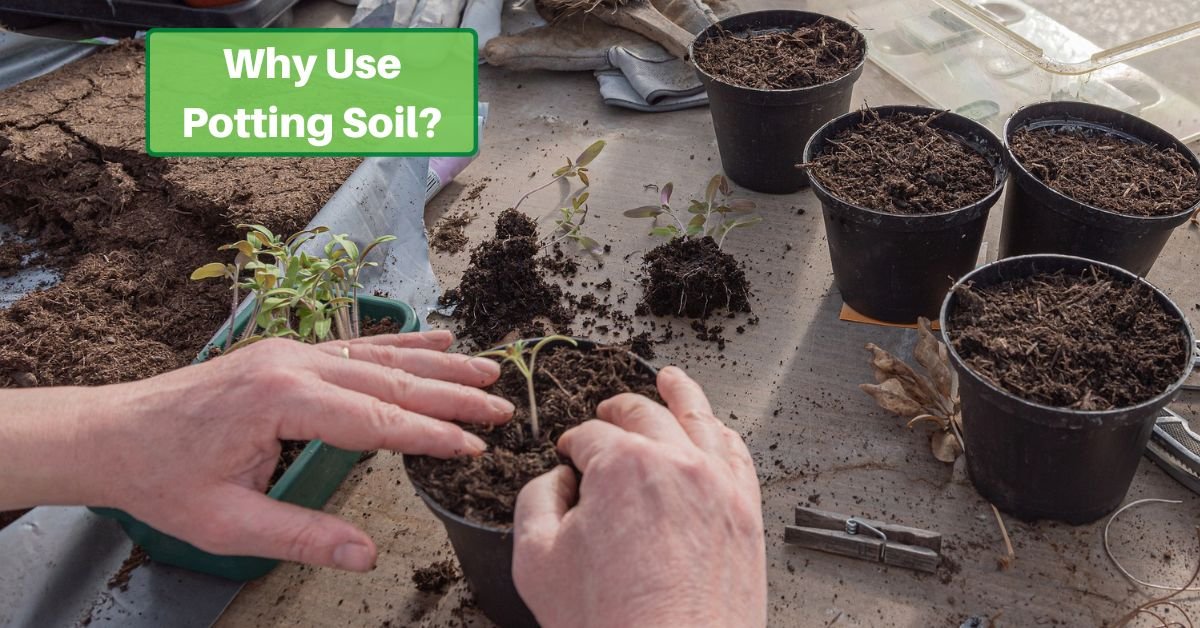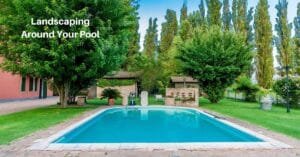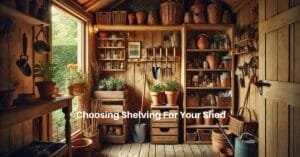Potting soil is a great way to help your plants thrive. If the plants are destined for the garden, you might want to start them in a pot while waiting for the right weather to transplant them. Or you might have a selection of container plants for outdoors, too! In each case, it’s important to provide soil suited for their growth and health.
But not all potting soil is created equal because not all plants are created equal. These mixes meet the needs of different types of plants.
What’s the purpose of having potting soil at all, though? And how do you go about choosing the right one for your plants?
What It Offers
Potting soil offers three important qualities to help plants grow strong and healthy. The exact makeup depends on the type of soil, but they all satisfy these needs.
First, potting soil helps maintain moisture in the soil. Some of its components are absorbent. This makes it easy for the roots to get what they need. Certain plants thrive in sandy soil because it’s drier while others need something that holds more moisture.
Also, it provides drainage. These first two points may seem contradictory, but you don’t want the roots sitting in too much water. Good potting soil lets enough water be absorbed while allowing the excess to escape.
The roots also get the surface they need to hang onto. They need to hold up the whole plant, so a firm foundation is essential. Again, the exact needs vary by plant, but the potting soil becomes their anchor in the ground.
Finally, some – but not all – potting soils also contain fertilizers. This helps give a boost to the plant’s growth and makes sure they have the proper nutrients.

What’s In It
Soil, Maybe
Ok, the surprise ingredient that’s sometimes in potting soil is… soil! Yes, you’ve read that correctly. Not all potting “soil” contains actual soil. And it’s not a case of trying to make things cheaper with fake ingredients, either!
The problem with soil is that it comes from the ground. Because of that, it could be contaminated through pollution – or with plant diseases from plants that previously grew in it.
Since “real” soil contains organic elements, it also breaks down over time. Basically, it has an expiration date.
Finally, real soil easily becomes compacted. That’s why it’s so important to aerate your lawn and turn over the soil in your garden, as well.
The most common soil is peat moss. It’s great at holding moisture, although sometimes it may seem dry when you buy it. In that case, soak it (the entire bag) in a bucket of water or another receptacle overnight. This will loosen it up and restore its absorbency.
As a further note, “potting soil” may contain soil. “Potting mix” does not contain soil.
Pine Bark
Pine bark also helps hold moisture. It also provides a little bit of space for air and helps keep the soil from getting compacted. It doesn’t offer any nutritional value for plants, but it still has its place!
Sometimes coir – shredded coconut husk – makes a good substitute for pine bark.
Vermiculite and Perlite
These volcanic materials help keep your potting soil from getting compacted. That allows air and water to both flow more freely and helps roots grow strong as well. That’s their primary function – they don’t directly nourish the plant in any way.
Perlite absorbs fluoride, so if your local water supply is treated with this chemical, the fluoride level in the soil could build up over time. That can affect certain indoor plants negatively, although it’s not an issue for outdoor plants.
Sometimes styrofoam is used in place of perlite and vermiculite. But it has a couple of drawbacks for container plants. Over time, it will “float” to the surface. Also, it breaks down so slowly and isn’t good for the environment.
Fertilizers
Many potting soils have added fertilizers to help your plants get a positive start. You might prefer to add fertilizer yourself, though, to have more control. Also, your plants will use up that initial dose quickly, so you still have to fertilize them, especially if they will stay potted.
Your Plant’s Needs
It’s important to remember that every type of plant has unique needs. Some want a high level of moisture in the soil; others thrive when it’s drier. Different mixes of fertilizer work better for some plants than others.
It’s always important to know what you’re planting and what conditions will serve it best. Do your research first! Learn about what you’re planting and all its particular needs so that you can enjoy the gardening experience.
Conclusion
Potting soil – even when it doesn’t contain soil – offers a great mix to help you start flowers for later transplanting and for plants that will stay potted. Many types are available; no single type suits all plants. The best thing to do is to decide what you’re going to plant, study its needs, and then make your choice!









